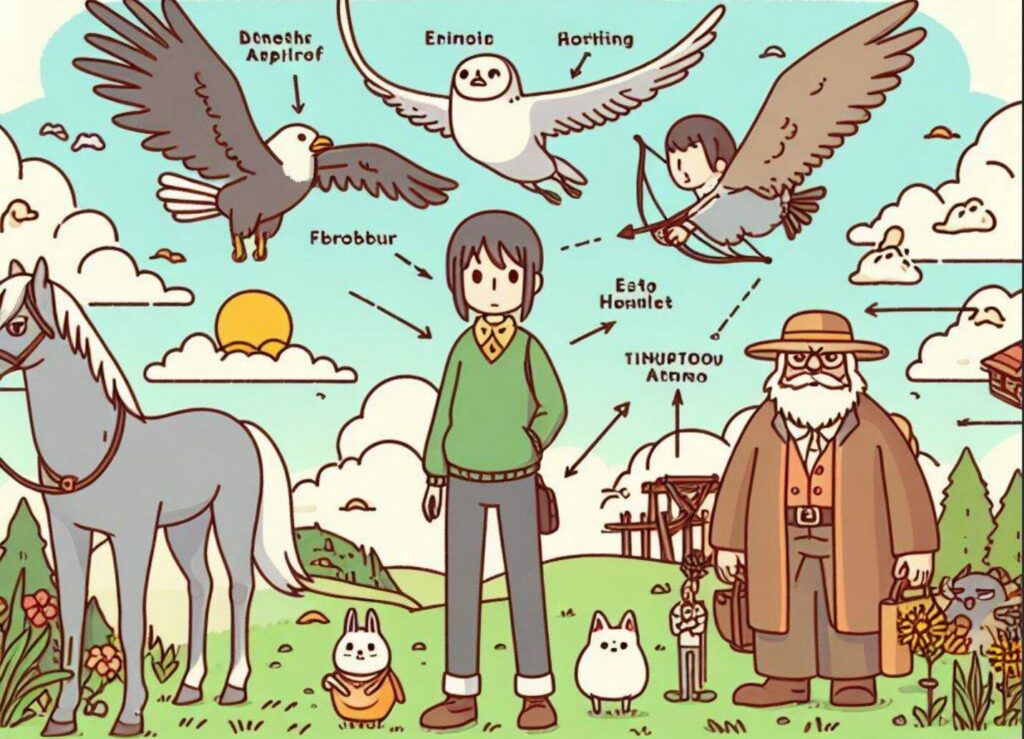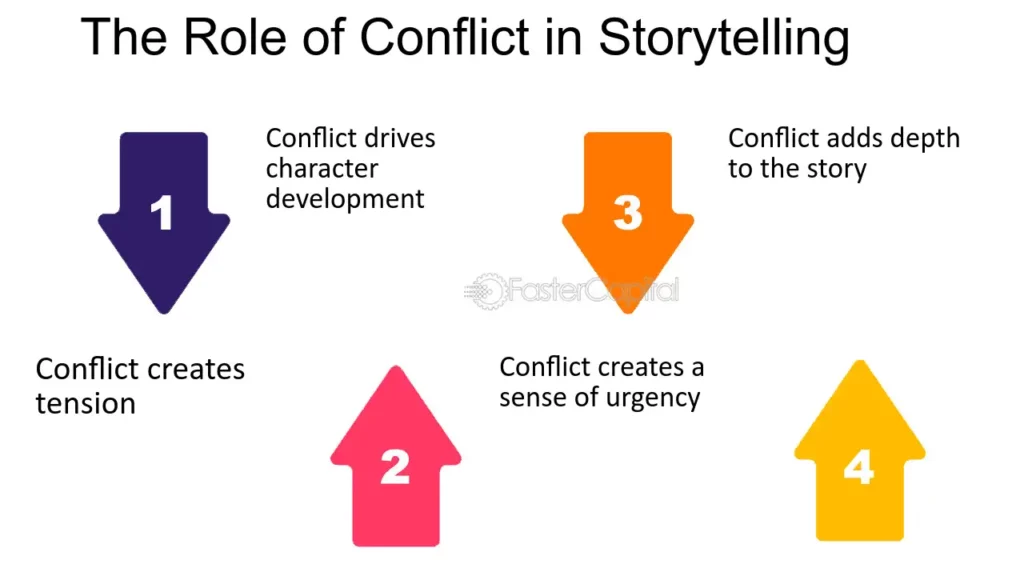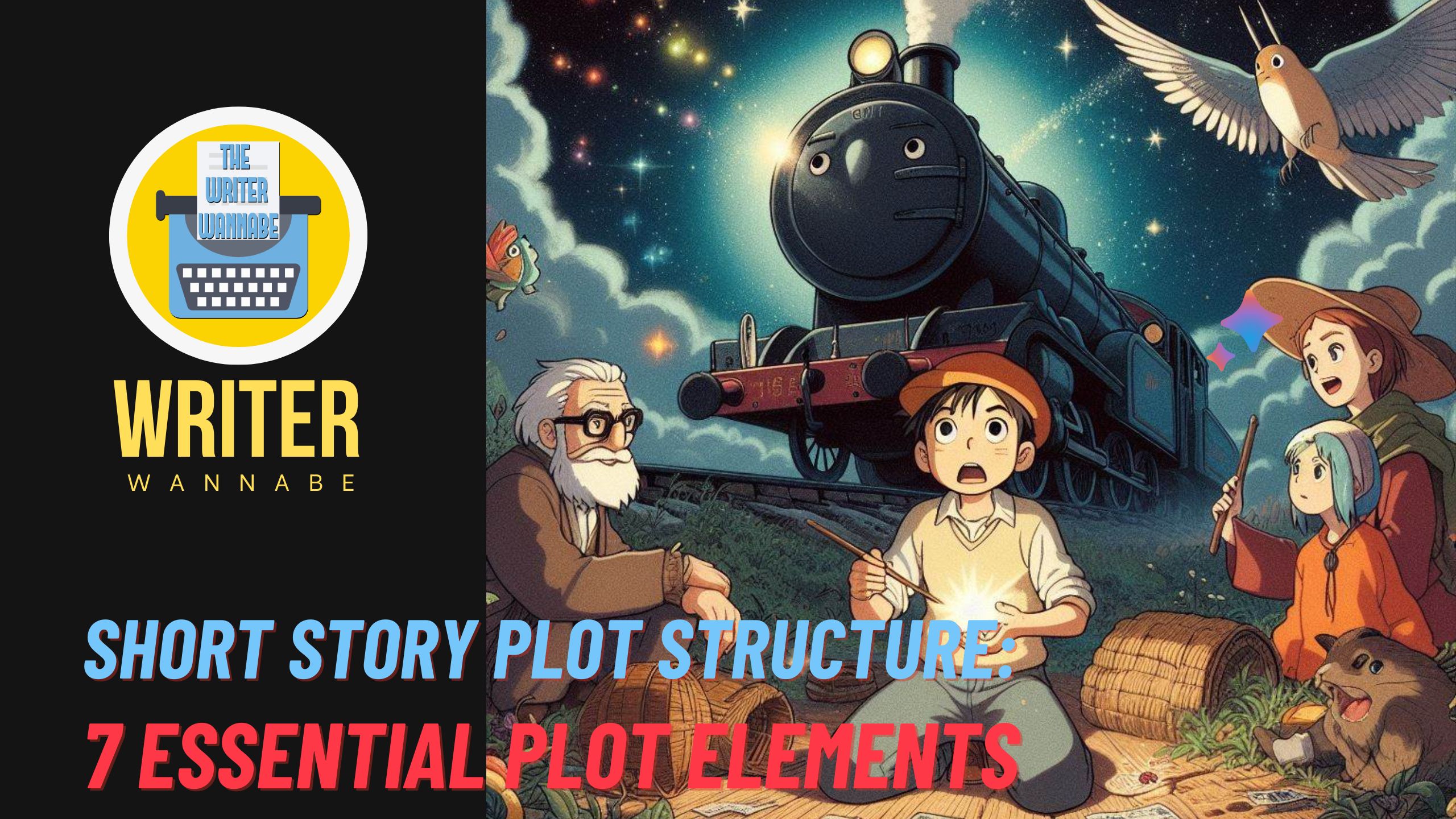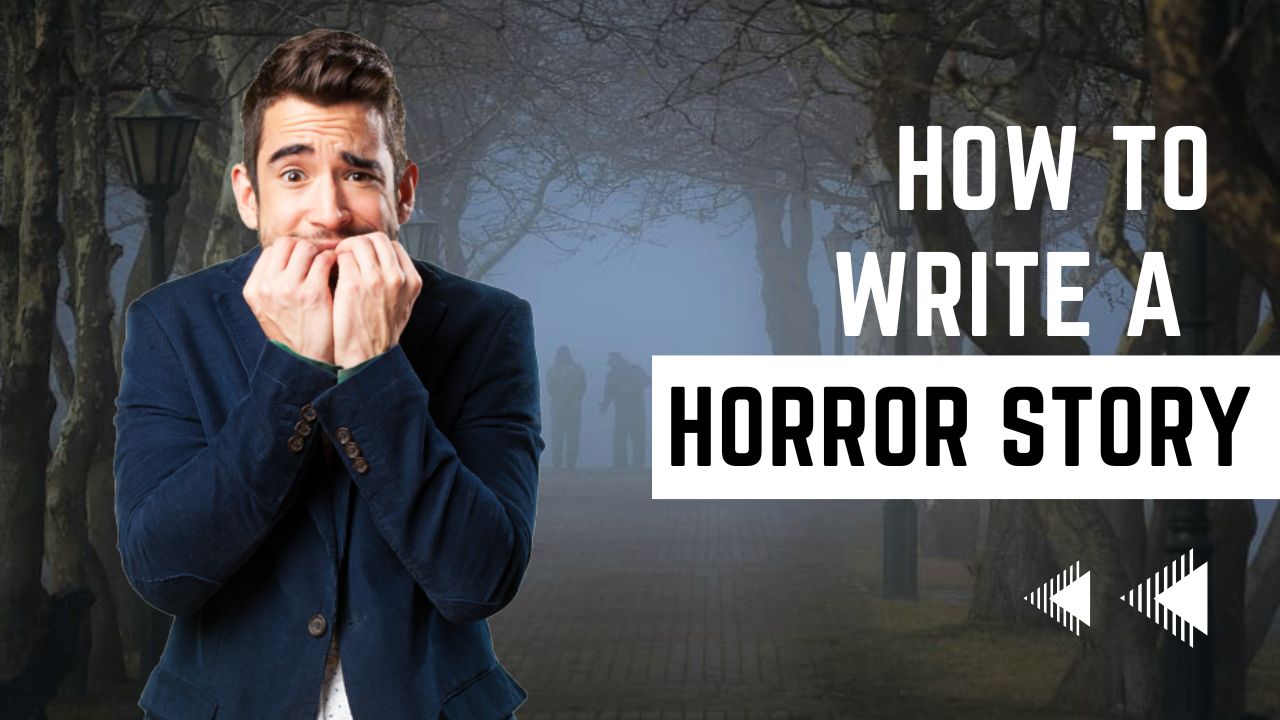Short Story Plot Structure: 7 Essential Plot Elements
Introduction Short Story Plot Structure

Understanding the plot structure of a short story is essential for crafting a compelling narrative. By mastering the key components of short story plot, writers can create engaging stories that captivate their readers. In this article, we will explore the fundamental elements of short story plot and how they contribute to the overall storytelling experience.
Key Takeaways
- Understanding the essential elements of short story plot is crucial for crafting a compelling narrative.
- Crafting well-developed characters enhances the depth and impact of the story.
- Creating conflict is vital to driving the plot forward and keeping readers engaged.
- Raising tension adds suspense and excitement to the story, keeping readers on the edge of their seats.
- Mastering the art of plot structure allows writers to create impactful and memorable short stories.
Understanding the Short Story Plot

Introduction to Short Story Plot
The journey of crafting a short story is akin to embarking on a thrilling adventure. At the heart of this adventure is the plot, the roadmap that guides readers through the twists and turns of your narrative. A well-structured plot is crucial for captivating your audience and ensuring that your story remains engaging from start to finish.
To begin, consider the plot as the skeleton of your story, providing the necessary support for all other elements to build upon. It’s not just about what happens, but also about how and why things happen, which leads to a deeper connection with the reader. A plot should have a clear beginning, middle, and end, each serving a distinct purpose:
- Beginning: Introduces the characters, setting, and initial conflict.
- Middle: Develops the conflict and shows character growth.
- End: Resolves the conflict and provides closure.
Remember, the strength of a short story often lies in its brevity and the ability to convey a powerful message or emotion in a limited number of words. Every scene, every line, and every word must serve a purpose in driving the plot forward. Crafting a concise and compelling plot will not only satisfy your readers but also leave a lasting impression.
Key Components of Short Story Plot
A short story plot is not just a series of events, but a carefully crafted journey that leads the reader through a narrative arc. The key components of a short story plot are the exposition, rising action, climax, falling action, and resolution. These elements work together to create a satisfying and coherent story.
In the exposition, we are introduced to the characters, setting, and the initial situation. It sets the stage for the story and provides necessary background information. Following the exposition is the rising action, where the main conflict or problem is presented. This leads to the climax, the most intense point of the story, where the main character faces the conflict head-on.
The falling action follows the climax and begins to wrap up the story. It’s where the consequences of the climax are dealt with, and the story starts to draw to a close.
Finally, the resolution ties up any loose ends and concludes the story. It’s where the characters’ stories are brought to a close, and the reader is left with a sense of completion. To illustrate these components, here’s a simple list:
- Exposition: Introduce characters and setting
- Rising Action: Present the conflict
- Climax: Reach the turning point
- Falling Action: Resolve the tensions
- Resolution: Conclude the story
Understanding and effectively utilizing these elements can help budding writers craft engaging and memorable short stories.
Short Story Writing – The Structure of a Short Story via youtube
Crafting Compelling Characters

Character Development
In the realm of short stories, character development is the process through which an author reveals the personality, traits, and evolution of a character. This is crucial because readers often connect more deeply with well-developed characters, seeing parts of themselves or others in the fictional personas.
Character development can be achieved through various means, such as dialogue, actions, thoughts, and reactions to events. It’s important to show, not just tell, the reader who your characters are. This makes them more relatable and memorable. Consider the following points when developing your characters:
- Backstory: What past events have shaped your character’s attitudes and behaviors?
- Personality: How does your character react under stress? What are their quirks and habits?
- Growth: How does your character change throughout the story? What lessons do they learn?
Remember, every character should serve a purpose in your story. Even minor characters can play significant roles in the protagonist’s journey or highlight aspects of the main conflict.
By paying close attention to these elements, you can create characters that not only drive your plot forward but also resonate with your readers long after they’ve finished reading.
Character Motivations
Understanding the motivations of your characters is crucial to driving the plot of your short story. These motivations are the internal engines that propel your characters into action and dictate their decisions, reactions, and growth throughout the narrative.
Characters with clear motivations enrich the story by adding depth and relatability. Whether it’s love, revenge, survival, or a quest for identity, these driving forces make your characters more compelling and your story more engaging.
- Love: Seeking connection or protecting a loved one.
- Revenge: Righting a perceived wrong or achieving justice.
- Survival: Overcoming a threat to existence or well-being.
- Quest for Identity: Discovering one’s true self or place in the world.
By weaving character motivations seamlessly into the plot, you create a tapestry of action and reaction that feels both inevitable and surprising. This is the hallmark of a well-crafted short story.
Remember, motivations can change over the course of the story, reflecting character development and the impact of the plot. As a writer, it’s your job to ensure these motivations remain consistent and believable, providing a solid foundation for your characters’ choices and the story’s progression.
Building Conflict and Tension

Creating Conflict
Conflict is the engine of every story, especially short stories where space is limited and each word must count. Conflict propels the plot forward and keeps readers engaged, eager to find out what happens next. It’s the struggle between opposing forces, and in a short story, it’s crucial to establish this early on.
In crafting conflict, consider the following types:
- Internal conflict: The character struggles with their own thoughts, emotions, or beliefs.
- External conflict: The character faces challenges from outside forces, such as society, nature, or other characters.
Remember, the conflict should be significant to the character’s world and have high stakes. It’s not just about a fight or an argument; it’s about the choices the character must make and the consequences that follow.
The conflict doesn’t have to be dramatic or violent. It can be as subtle as a character’s internal dilemma or as vast as a societal issue. The key is that the conflict must matter to the characters and, by extension, to the reader. By creating a relatable and meaningful conflict, you set the stage for a compelling narrative that captures the imagination.
Raising Tension
In the realm of short stories, raising tension is crucial to keeping readers engaged. As the plot unfolds, it’s the writer’s task to amplify the stakes and uncertainties that the characters face. This escalation is often what hooks readers and keeps them turning pages.
To effectively raise tension, consider the following strategies:
- Introduce new challenges or obstacles that complicate the character’s goals.
- Reveal hidden secrets or unexpected twists that alter the story’s direction.
- Shorten the timeline or add a countdown to increase the urgency of the situation.
By methodically increasing the pressure on your characters, you create an irresistible force that propels the narrative forward and deepens the reader’s investment in the outcome.
Remember, the key to successful tension-building is balance. Too little tension, and the story may feel flat; too much, and it can become unbelievable. Strive to incrementally raise the stakes in a way that feels natural and compelling.
Conclusion Short Story Plot Structure
In conclusion, understanding the essential plot elements of a short story is crucial for crafting a compelling and engaging narrative. By incorporating the seven key plot elements – exposition, inciting incident, rising action, climax, falling action, resolution, and denouement – writers can create stories that captivate and resonate with readers. Mastering the art of plot structure empowers writers to effectively convey their message, evoke emotions, and leave a lasting impact on their audience. Aspiring writers and seasoned authors alike can benefit from embracing these fundamental plot elements to elevate their storytelling prowess.
Frequently Asked Questions Short Story Plot Structure
What is the purpose of the short story plot?
The purpose of the short story plot is to create a framework for the events and actions that drive the story forward, engaging the reader and providing a sense of structure and progression.
How do I develop compelling characters in a short story?
Develop compelling characters by giving them depth, flaws, and motivations that drive their actions and decisions. Show their internal and external conflicts to make them relatable and engaging.
What are the key components of short story plot structure?
The key components of short story plot structure include exposition, rising action, climax, falling action, resolution, and denouement. These elements work together to create a cohesive and engaging narrative.
How can I create conflict in a short story plot?
Create conflict by introducing obstacles, challenges, and opposing forces that create tension and drive the plot forward. Conflict can arise from internal struggles, interpersonal relationships, or external events.
What is the role of tension in a short story plot?
Tension in a short story plot keeps the reader engaged and invested in the outcome. It creates anticipation, suspense, and emotional intensity, driving the narrative towards its resolution.
How do I ensure a satisfying resolution in a short story plot?
Ensure a satisfying resolution by addressing the central conflict, providing closure for the characters and their arcs, and leaving the reader with a sense of fulfillment or contemplation. The resolution should tie up loose ends and offer a sense of completion.




